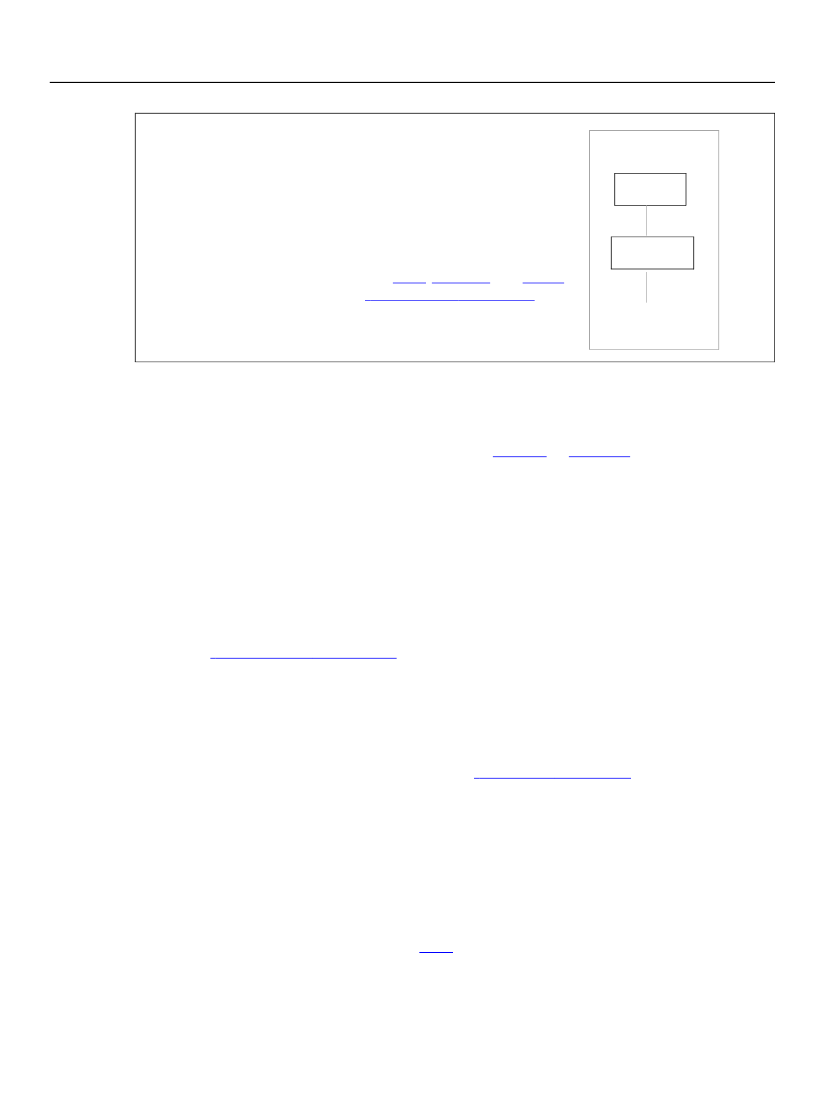
XFA Specification
Chapter 2, Template Features for Designing Static Forms
Basic Composition
32
Content element
A value element represent references a datatype element and
specifies whether the data may be overridden by the form user or
by some other source.
A content type element defines the type of the data. It may also
include default data, which is used when the form is displayed.
Examples of such datatype elements are
date
decimal
image
Content types are later described in
“Content Types” on page 38.
value
content type
default data
Structure of a content element, such as a field, exclGroup, or draw element
User Interface
The XFA architecture makes a clear distinction between the
content
and the user interface
(UI) required to render that content and provide interaction. While there often is a relationship between
content and UI (e.g., date content would normally be captured with a date-oriented UI), the separation
allows both the application and the form designer some degree of flexibility in choosing the right UI. This
separation allows the form designer to exert some control over the user interface, selecting the widget
most appropriate for each instance of a given type of content.
Each container may have a ui subelement for specifying user interface for the container. That element, in
turn, may contain an optional child element, specifying a possible user interface for the container. If the UI
element contains no children or is not present, the application chooses a default user interface for the
container, based on the type of the container's content.
The chapter
“User Experience” on page 348
XFA templates.
Basic Composition
This section describes the basic aspects of creating a template. Such issues include measurements and
positioning graphic elements within a parent container.
“Basic Layout” on page 50
describes how
container elements are placed on a page.
Measurements
All measurements are comprised of two components:
●
●
The quantity or value of the measurement
The (optional) unit of the measurement
The following is an example of several different
font
variety of different measurements.
<font
typeface="Helvetica" size="72pt"/>
<font
typeface="Helvetica" size="1in"/>
<font
typeface="Helvetica" size="1"/>